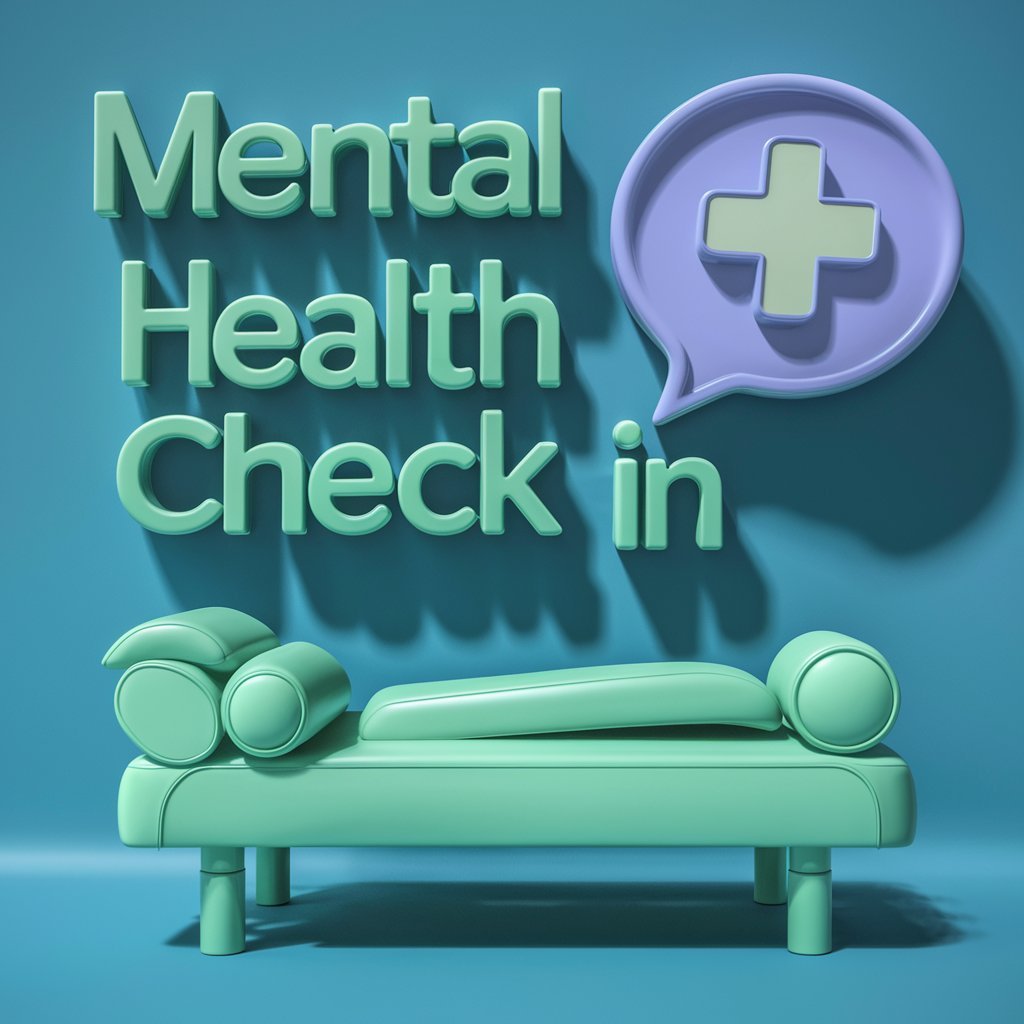Mindfulness is a powerful practice that can help quiet anxious thoughts and bring peace and clarity to the mind. In today’s fast-paced and stress-filled world, learning to be present and mindful can be a game-changer in managing anxiety and improving overall well-being.
What is Mindfulness?
Mindfulness is the practice of being fully present in the moment, without judgment. It involves paying attention to your thoughts, feelings, and sensations without getting caught up in them or reacting to them. Mindfulness is about being aware of what is happening in the present moment, rather than dwelling on the past or worrying about the future.
Techniques for Quieting Anxious Thoughts
- Breath Awareness: One of the simplest and most effective mindfulness techniques is breath awareness. Take a few moments to focus on your breath, noticing the sensation of air entering and leaving your body. This can help calm your mind and bring you back to the present moment.
- Body Scan: Another helpful technique is the body scan, where you systematically focus on each part of your body, noticing any sensations or tension. This can help you become more aware of physical sensations and relax tight muscles.
- Grounding Techniques: Grounding techniques involve using your senses to connect with the present moment. This can include focusing on the sounds around you, feeling the textures of objects, or even eating mindfully. Engaging your senses can help bring you back to the present and calm anxious thoughts.
- Thought Labeling: When anxious thoughts arise, try labeling them as “thoughts” without judgment. This can help you create distance from your thoughts and recognize that they are not necessarily true or important. By observing your thoughts without getting caught up in them, you can reduce their power over you.
- Mindful Movement: Engaging in mindful movement practices such as yoga or tai chi can also help quiet anxious thoughts. These practices involve focusing on the movement of your body and your breath, promoting relaxation and presence.
Conclusion
Overall, mindfulness is a powerful tool for managing anxiety and cultivating a sense of peace and well-being. By practicing mindfulness techniques regularly, you can learn to quiet anxious thoughts and live more fully in the present moment. Incorporating mindfulness into your daily routine can have far-reaching benefits for your mental and emotional health.
FAQs
1. How long does it take to see results from practicing mindfulness?
While everyone is different, many people report feeling the benefits of mindfulness relatively quickly. Some may notice a difference after just a few minutes of practicing breath awareness or body scan exercises. However, like any skill, mindfulness takes time and practice to develop fully. Consistent practice over time is key to reaping the full benefits of mindfulness.
2. Can mindfulness replace therapy or medication for anxiety?
Mindfulness can be a helpful complement to therapy and medication for anxiety, but it is not a substitute for professional treatment. If you are struggling with anxiety, it is important to seek support from a mental health professional who can provide individualized care and guidance. Mindfulness can be a valuable tool in managing anxiety, but it is best used in conjunction with other evidence-based treatments.





